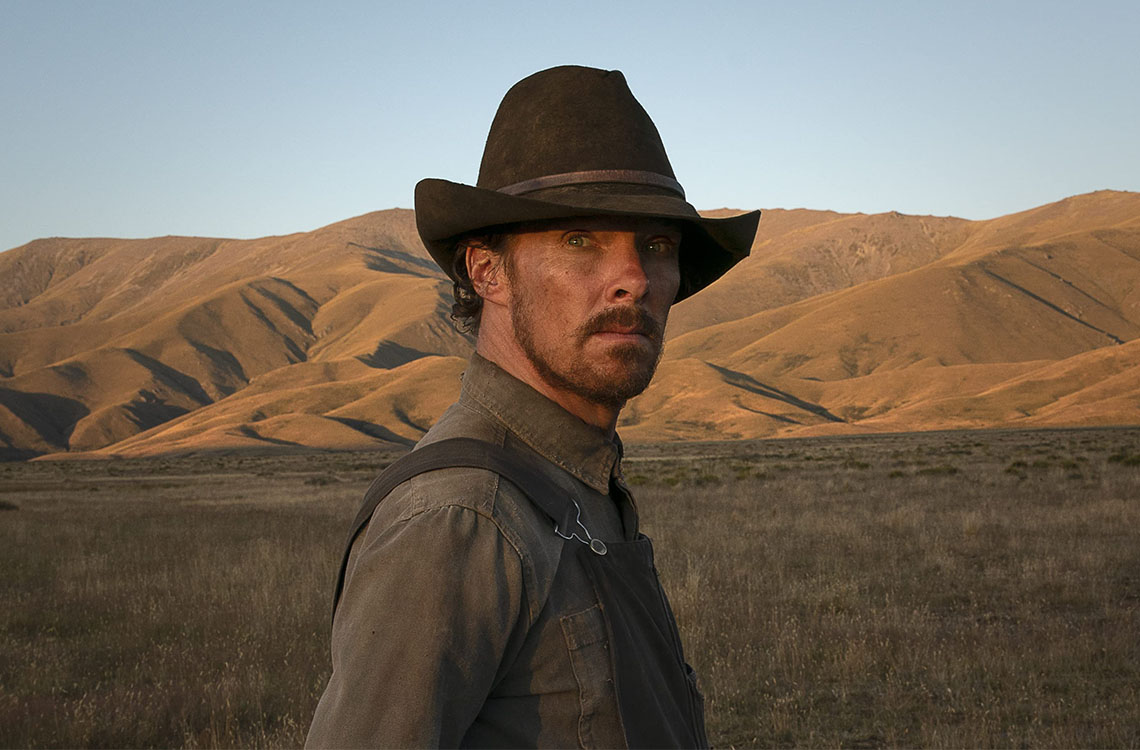Netflix is losing money, YouTube has an ad problem, and online content is changing in inevitable ways. Let’s discuss.
In my opinion, the current state of streaming and online content is truly at a level of pure nuclear volatility. From lawsuits about day-and-date releases to Netflix reportedly losing subscribers (and lots of them) for the first time in ten years, it’s really hard to know what will happen in the next few years.
As someone who aspires to filmmaking at a high-level, it’s hard to really know what the goal is anymore. For a while, the entire lower-budget and amateur side of the industry was heavily vying for that slot as a Netflix Original, as for a time, it seemed they were giving their money to just about anyone with a half-decent script and a winning attitude.
However, after losing over 200,000 subscribers last quarter (also projected to lose far more this quarter), one would assume that might not have been the right plan. The term Netflix Original has almost fully lost its cachet, and now films bearing that imprimatur hold intrinsically less prestige than a theatrically released film.
Now, in what could only be described as one of those classic “psh, yeah that’ll fix it”-type CEO moves, Netflix is now considering offering ad-based lower-cost tiers for users and banning password sharing among families and friends. Share prices are crashing, and people are starting to wonder whether Netflix is worth that monthly sub anymore.
It’s almost like they should just try to put more good stuff on the platform again. Wonder if that would help.
All snark aside, as someone who consumes a great deal of streaming content (I am special), here are my thoughts on the current state of streaming content.

What Am I Supposed to Watch?
The biggest thing I think Netflix original programming gets wrong (and all original programming from all other streaming services for that matter), besides there being far too much of it, is that there seems to be almost no real marketing behind about 90% of it. You’ll scan through all the streaming apps and find about 20 movies with A-list stars in them that you’ve never even heard of.
Scenes from my living room include statements like “Wait, is that Ben Affleck and Oscar Isaac in a movie together? What even is this movie?!” and it’ll be some random action movie with a generic name that I’ve never seen or heard of in my life. Why are there so many movies with that little “Netflix Original” symbol? Why hasn’t anyone mentioned them to me? What if they’re good? I guess I’ll never know, because I can always just go a few thumbnails over and watch Heat again, which I know is good.
There is truly just too much stuff being made for these platforms (Netflix especially) that there is no word of mouth or marketing or anything to help you know that this is worth your time. There is a true existential crisis happening in every Netflix-subscribing home on a nightly basis, where one just spends whatever time they had to watch something just scrolling through the thumbnails aimlessly, until you eventually just decide to watch the first 30 minutes of Top Gun again and pass out.
The Power Of The Dog, which received twelve academy award nominations and earned Jane Campion an award for best director, completely eluded me for almost its entire existence prior to the Oscars. The algorithm never showed it to me, and at some point, a friend just casually mentioned it. Kirsten Dunst and Jesse Plemons in a western with Benedict Cumberbatch that was directed by a great director eluded me, a 30-something filmmaker who writes about filmmaking. It may be my fault, but I feel like that’s strange.
I’ve found this type of thing extends beyond the world of film and has even affected online content.
Sponsorships Killed the YouTube Star
A similar phenomenon is taking place with YouTube, especially regarding the content from creators: it just doesn’t feel the same there anymore. It is sometimes easy to feel jaded when browsing and noticing the lack of variety in content and a few tacked-in features the platform has rolled out.
Videos are often pre-rolled with multiple, un-skippable ads, leading into a video that usually already features a two-minute-long sponsored ad inside. To add insult to injury, so many of the sponsorships are completely unrelated to the creator and video content. For a while, it was almost humorous to speculate how the video creator would attempt to seamlessly transition into the paid ad part of the video.
A pain point on the side of creators is that YouTube just hasn’t been paying them enough, which results in people needing the sponsorship in order to keep creating videos. There’s a problem with the sponsorships though. Usually, the sponsorships require creators to make a lot of content to make enough money. This results in people being required to upload even when there isn’t really anything that good to upload. This results in lots and lots of filler content, and lots and lots of videos about being burnt out.
If you ask anyone under the age of 23 whether they spend more time watching YouTube or TikTok, the answer will invariably be TikTok, a platform that has no formal ads but relies entirely on creators getting brand deals and making money themselves (and is now allowing up to 10-minute-long uploads). This answer would have likely been vastly different even four or five years ago. YouTube is now playing catch-up with their Shorts program and allowing viewers to send money tips directly to creators with their new “super thanks” program.
TikTok has also caused knee-jerk reactions from Instagram, making it lose its standing as a viable photo-sharing platform. What once was a place to look at pretty photos now suffers from high levels of advertising and is continuously pushing for video content over images. And it seems that every single social media platform is basically just doing the same thing for different age groups.
We Used to Just Watch Bad Movies
One thing I spend a lot of time thinking about is what has changed, and I wonder if everything is just the same as it has always been?
When we watched movies before, if it was bad, you’d usually just sit there and watch it. We had to drive somewhere to get the DVD, or drive to the theater, and it was a special thing we were doing — it was movie night. Sometimes you’d get a bad one, and you’d endure.
Now, you just turn it off, or never consider watching it at all. What about those movies that you like that everyone else doesn’t like as much? What about the movies that are just normal: not great, not bad — just a movie. There’s a place for all of it, and that’s what we need to strive to get back, the bad movies, and the okay movies.
We’ve become so enamored with the prospect of choice that we’ve stopped consuming things unless they’re commercially successful or creating a large swell of word-of-mouth energy. Sometimes, things are just okay, and that’s okay. Sometimes they’re bad, and, hey — at least they tried.
Personally, I’ve become very frustrated by all of this, so for the last couple of months I’ve been trying a new strategy. I will scroll through the various streaming platforms and find movies that I have never heard of, read their descriptions, and if it even relatively interests me, I’ll throw it on (instead of watching Heat for the hundredth time).
I have learned one thing from this experiment. There is a whole lot of pretty great movies just hiding on these platforms. I’ve been quite surprised. Netflix in particular has a few pretty interesting slow-burn suspense films like Windfall (with Jason Segel, Lily Collins, and Jesse Plemons), The Guilty (starring Jake Gyllenhaal), and I Am Mother (a super underrated Sci-Fi suspense film with Rose Byrne and Hilary Swank).
Are these perfect films? No, not at all. I’ve found that approaching them more like watching a good episode of a pretty good TV show kind of re-frames the viewing in a way that makes a lot of this content more accessible and easier to stomach — especially if it’s not that good.
I just wish that more people were talking about the films that are actually good on these platforms. The only real way to stay on top of all of it is by using Letterboxd, a social film-tracking app that has yielded more than a few great movie-watching experiences that I otherwise wouldn’t have watched. Letterboxd became kind of a lifeline for me during the tumultuous last couple of years, and for that, I am very thankful. Generally, if it’s good or even decent, you’ll find out about it there. The reviews by other users are often hilarious as well. So if you find yourself also in a state of film-loving existential dread, maybe give it a try.
Here’s to good movies, bad movies, and okay ones — but hopefully Netflix will start prioritizing making more of the good ones.
Want to make your own good movies? We’ve got the assets.
Cover image via Netflix.




